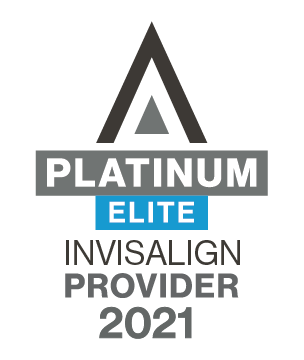The muscles of our mouths and faces are a complex network of structures that work individually and together to allow us to suck, chew, swallow, smile, speak and express emotion.
Dysfunctions can occur and lead to behaviours and patterns known as orofacial myofunctional disorders.
The goals of orofacial myofunctional therapy are to:
- Achieve exclusive nasal breathing
- Achieve lips closed at rest
- Correct resting tongue posture to achieve full contact with the roof of mouth
- Correct tongue and facial muscle activity during chewing and swallowing (oral motor function)
- Eliminate harmful habits including thumb and finger sucking, pacifier use, nail biting and other prolonged non-nutritive chewing/sucking habits
- Manage craniofacial/TMJ (temporomandibular joint) pain and dysfunction where muscular imbalance is the cause
Similar to speech therapy and physiotherapy, myofunctional therapy programs involve a range of exercises which are practiced two to three times per day to correct oral and facial muscular movements. The duration of a program depends on individual progress, but the average is 16 weeks, with appointments each fortnight.
We see significant changes in the way the teeth, jaws and faces of children grow and develop when the muscles of the tongue, throat and face are unbalanced. Young faces that do not grow correctly result in crowded teeth, narrow jaws and underdeveloped upper airways. Speech patterns can be affected by oral motor dysfunction, and sleep patterns are often disrupted due to underdeveloped or blocked upper airways. This can affect a child’s general health (persistent ear infections, tonsil issues, chronic allergies/asthma), academic success and behavioural and emotional development.
In adults, muscular imbalances can reverse the results of orthodontic treatment, change the bite or cause teeth crowding. The imbalances can also lead to TMJ (temporomandibular joint) pain, head and neck pain, sleep disorders such as obstructive sleep apnoea or upper airway resistance syndrome.
Dentists work with other health care professionals in providing orofacial myofunctional therapy. For example, an ENT surgeon may be required to manage an upper airway obstruction before a child can learn to breathe exclusively through his/her nose. We regularly collaborate with orthodontists, speech and language pathologists, paediatricians and paediatric dental specialists, lactation consultants, chiropractors, respiratory and sleep physicians, osteopaths, allergists and psychologists.
Oral and facial muscle dysfunction (Orofacial Myofunctional Disorders)
The most common OMDs are:
- Mouth breathing and/or open mouth posture
- Tongue thrust swallowing (atypical swallow) and dysfunctional chewing
- Thumb and finger sucking
- TMJ pain/dysfunction and craniofacial pain
- Low tongue rest posture
- Sleep disordered breathing
- Physical restrictions such as tongue and lip ties






